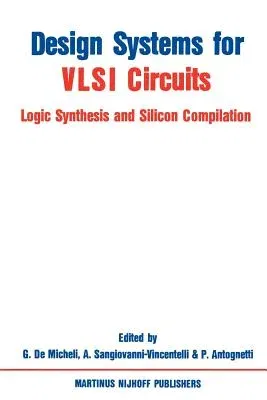Design Systems for VLSI Circuits: Logic Synthesis and Silicon Compilation (1987)Paperback - 1987, 31 July 1987

Qty
1
Turbo
Ships in 2 - 3 days
In Stock
Free Delivery
Cash on Delivery
15 Days
Free Returns
Secure Checkout
Part of Series
NATO Science Series E:
Part of Series
NATO Asi Series. Series E, Applied Sciences
Part of Series
NATO Science Series: E:
Part of Series
NATO Science Series E: (Closed)
Print Length
651 pages
Language
English
Publisher
Springer
Date Published
31 Jul 1987
ISBN-10
9024735629
ISBN-13
9789024735624
Description
Product Details
Book Edition:
1987
Book Format:
Paperback
Country of Origin:
US
Date Published:
31 July 1987
Dimensions:
23.39 x
15.6 x
3.38 cm
ISBN-10:
9024735629
ISBN-13:
9789024735624
Language:
English
Location:
Dordrecht
Pages:
651
Publisher:
Series:
Weight:
916.26 gm

